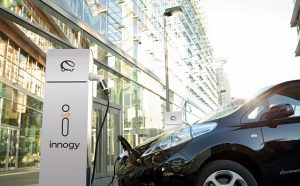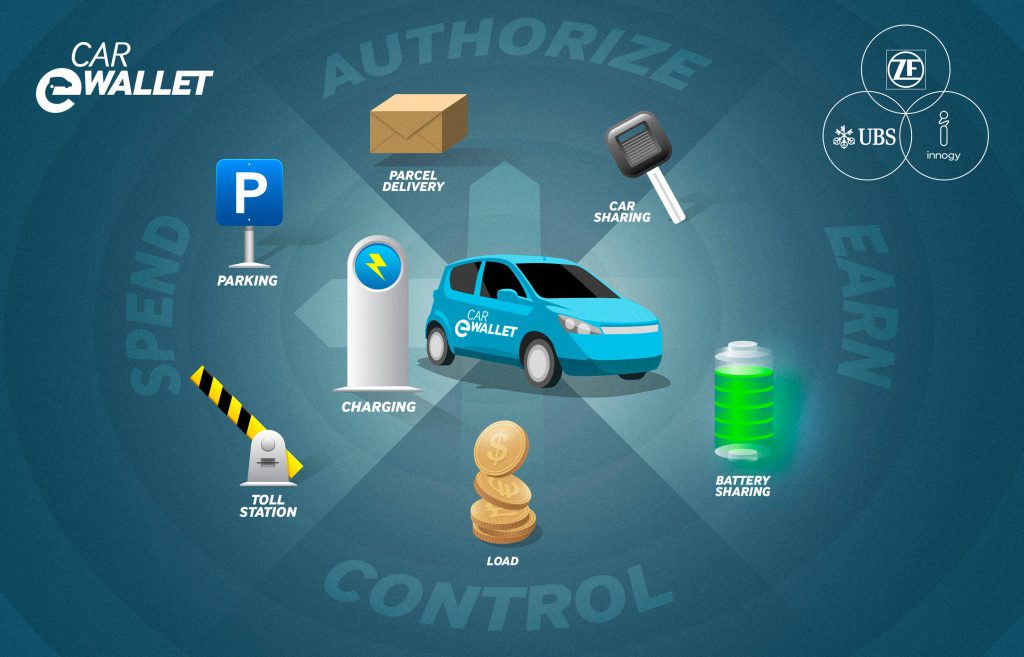Innogy Innovation Hub, the bank UBS and the automotive supplier ZF want to simplify the payment procedures for electric cars at charging stations with their new development: The payment system “Car eWallet”. The three companies use blockchain technology for this new system.

The first prototype of the automatic charging and payment system Blockcharge – developed in a cooperation of Innogy and the IT-company Slock.it – just passed its Beta phase in October 2016. The new “Car eWallet” aims to further simplify payment processes for e-mobility users and also to provide further functionalities. Especially different payment systems for e-mobility often render charging and payment for electric vehicles unnecessarily complicated for users. Thus, the automotive supplier ZF Friedrichshafen, the Swiss bank giant UBS and the Innovation Hub of the German utility Innogy cooperate during the development of the new payment system “Car eWallet”. Experimentation is expected to start this year (Source: Energate).
Next to a mere payment functionality for e charging electric cars, this „automobile wallet” will have additional functions and utility for its users. It should be able to manage payments for toll stations, parking lots, car-sharing and parcel delivery. Blockchain technology, basically a decentralized and digital ledger, guarantees the automatization of processes and the high degree of functionality. No elaborate registration process will be necessary and also micro quantities (for example during inductive charging) can thus be implemented. Figure 1 depicts different utilization possibilities of the “Car eWallet” (Source: ZF).
The „Car eWallet“ is also equipped for the future: Bidirectional payment flows can also be processed. Basically, this allows for the receipt of payments or permission for the access to the vehicle for third parties. In addition, electric vehicles can be integrated into an intelligent energy supply system. If the user agrees, charging processes can be automated according to the current load in the power grid, the share of renewable energy or prices signals. Feeding electricity from the electric car back into the grid is also possible and allows the user to generate additional earnings.




